The new feature will help schools, offices and public facilities stay one step ahead of airborne viruses
Airthings, makers of the best-selling indoor air quality and radon monitors for homeowners, businesses and professionals, officially unveiled a brand-new capability today for its business solution: the Airthings Virus Risk Indicator. Designed to create an indoor environment where people thrive, but viruses don’t, Airthings’ Virus Risk Indicator is now available to all new and existing Airthings for Business customers. The new feature helps people understand their indoor air quality and how it contributes to spreading airborne viruses, providing personalized insights that will allow them to minimize the risk.
Indoor Air in the Spotlight
The global pandemic has driven an unprecedented increase in awareness and concern about indoor air quality and how it can impact our health. As a result, we are living through a time where schools, offices and other commercial buildings are under immense pressure to foster an environment that preserves the health and wellness of their occupants, employees, and students. Tactics to minimize the spread of COVID-19 such as avoiding close contact, using face masks, and washing hands frequently have become our new normal. As public health authorities have acknowledged the potential of airborne spread, there’s an increased focus on the role of ventilation in buildings too. Airthings’ Virus Risk Indicator provides a solution for businesses and schools to take control of their indoor air, by understanding their risk and minimizing the spread of viruses indoors.
How the Virus Risk Indicator Works
The Virus Risk Indicator uses data from Airthings core sensors that track CO2, humidity, and temperature into a custom-developed algorithm that calculates the risk of airborne virus spread in an indoor space. The Virus Risk Indicator evaluates four factors that have direct relationships with indoor airborne virus spread and then assigns a ranked risk level ranging from one to 10. These factors include the following:
- Virus survival rate: How long virus microdroplets can survive in the air.
- Room occupancy: Densely populated rooms increase the chance that people breathe each other's breath.
- Ventilation rate: How much and how often fresh air is coming in a space.
- The body’s natural defenses: The effectiveness of our bodies to defend against airborne viruses is affected by temperature and humidity.
Once integrated, Airthings for Business customers can access their Virus Risk Indicator data via the Airthings Dashboard, an online platform that provides access to real-time and historical sensor data.
“Airborne virus transmission is a scary topic, but with the right information and data, it can be reduced significantly,” says Oyvind Birkenes, CEO at Airthings. “By introducing the Virus Risk Indicator into our Airthings for Business solution, we can provide essential information for existing customers at no added cost by allowing them instant access to the feature in their Airthings Dashboard. Our mission has always been to help people live healthier, better lives through air quality monitoring, and we couldn’t be more eager to deliver this peace-of-mind than with our Virus Risk Indicator.”
An out-of-the-box solution for any building
The Airthings for Business solution is ideally suited for any office, school, or commercial space. By monitoring the air quality in individual rooms and spaces, users can understand which areas have elevated airborne virus risk and adjust accordingly. Airthings’ mitigation insights will provide advice on how to manage and reduce your risk, such as increasing or changing ventilation systems or establishing occupancy limits on certain rooms. Different areas might need a different approach, and data is essential for planning preventive measures as part of a virus risk reduction strategy.
Because the Airthings for Business solution continuously monitors indoor air quality, it is feasible to evaluate where your methods are working and where they aren’t. Armed with this data, you can then test different methods to find a sweet spot that keeps your airborne Virus Risk levels low. Users can even generate a Virus Risk Insight report to receive a detailed analysis of all monitored rooms in your building. The report provides insight into indoor air quality and the factors that might impact the spread of airborne viruses. Airthings sensors do not measure nor detect viruses in the air.
Airthings’ Virus Risk Indicator is now officially available as a monitoring feature in the Airthings for Business solution, which also measures CO2, humidity, temperature, radon, airborne chemicals (VOCs), pressure, occupancy and relative light intensity. To find more information on the Virus Risk Indicator, how to get started with Airthings for Business, or indoor air quality and why long-term monitoring is important, visit the Airthings website at www.airthings.com.
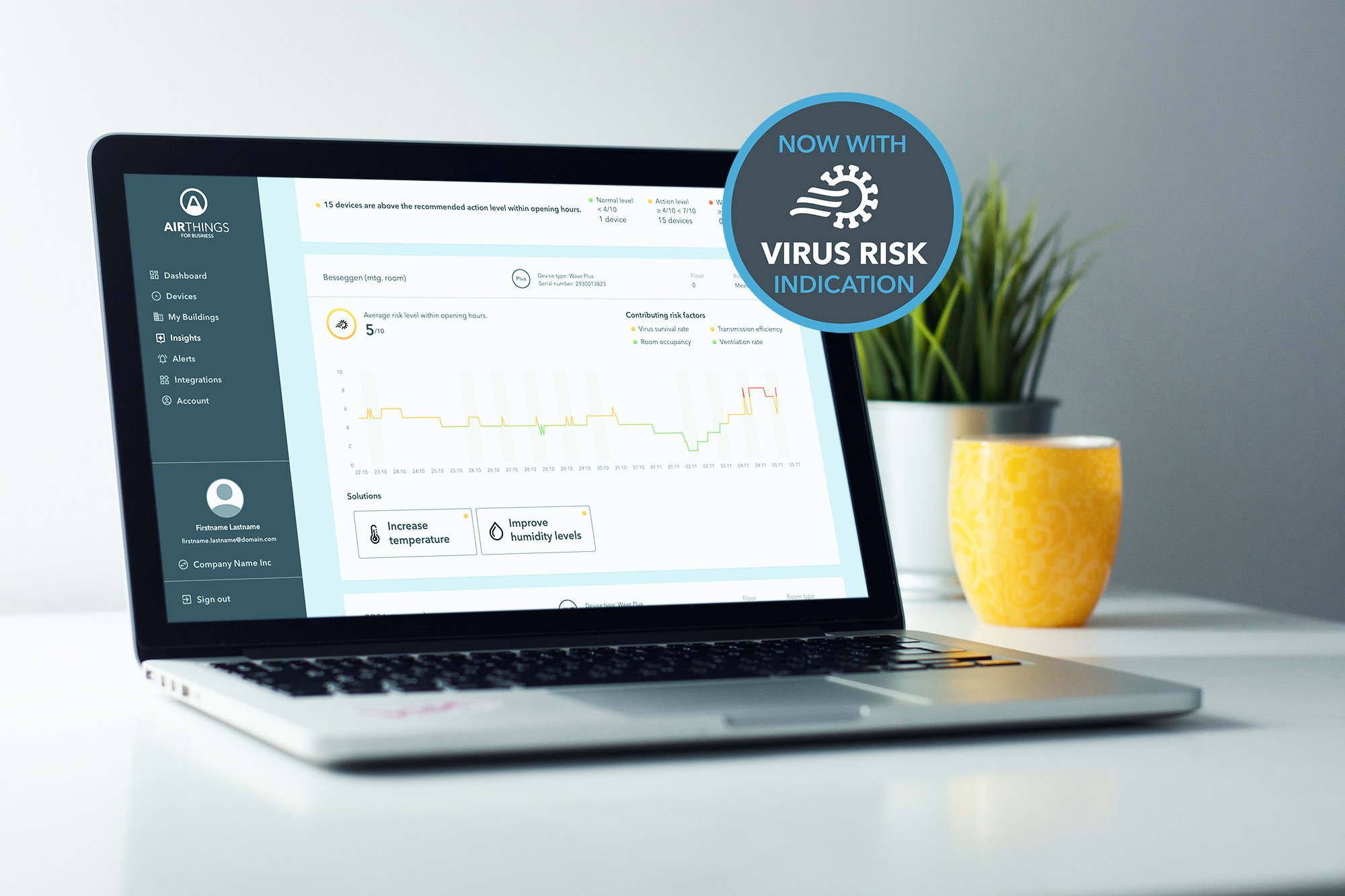

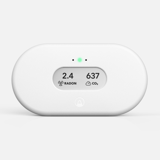

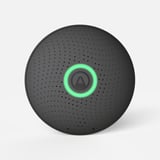
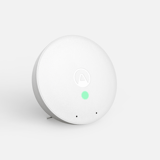
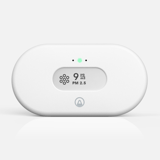
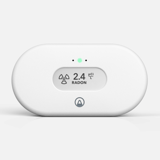
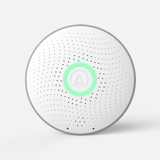
%20(1)%20(1)%20(1).webp?width=160&height=160&name=corentium_home_us_-_hero_image_-_front%20(1)%20(1)%20(1)%20(1).webp)




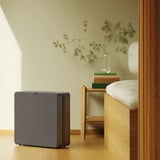


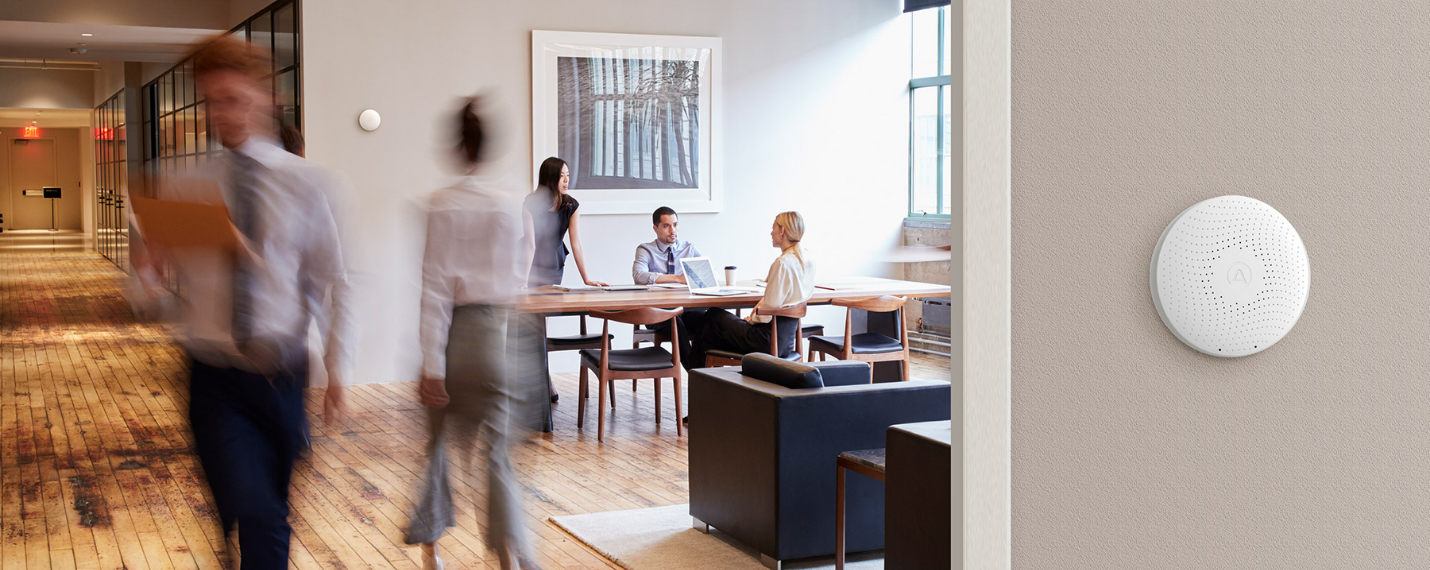
 Back to top
Back to top